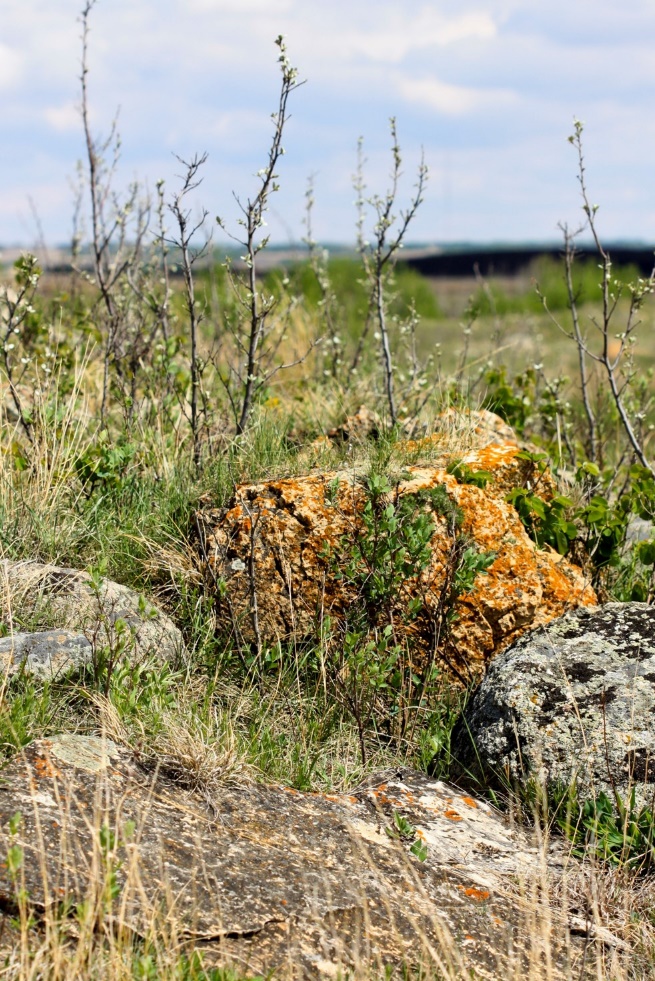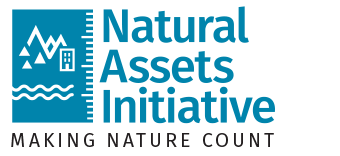Progress in the Prairies: Natural Asset Management in Saskatoon
The City of Saskatoon is creating a way to work with nature to meet critical service delivery needs through natural asset management (NAM). Specifically, Saskatoon’s 2020 Official Community Plan contained a statement that natural assets are to be managed “with the same amount of care as other critical infrastructure”. Now, with support from the Natural Assets Initiative (NAI), they are undertaking actions including creating a Natural Asset Management Framework to guide NAM efforts across all departments towards this goal.
These recent activities follow the City of Saskatoon’s completion of a Natural Asset Inventory with NAI early last year. Saskatoon’s initiative to recognize and account for their natural assets is part of a larger trend towards NAM emerging across the Prairies.
“It’s becoming more and more apparent that protecting, enhancing, and growing our green network is good for people and nature, and helps us respond to our changing climate and reduce risks such as flooding and biodiversity loss,”says City of Saskatoon Green Network Manager Shannon Dyck. “Supporting natural infrastructure is interdisciplinary and includes several partners, both within our organization and in the community. We all play a role, and we are currently going through the steps to identify how the City of Saskatoon can be a leader in this work.”
In tandem, the City is developing natural asset management plans in two pilot areas. The plans will be the first to align with the framework and will be considered part of its Natural Areas Program.
“Saskatoon has made a lot of progress and have already have very forward-looking policies and strategies” notes Donna Chiarelli, who is leading the project for NAI. “Their next steps, which include the framework, will be important tools to include nature effectively in planning and investment decisions. They are taking one important step after another that will help them manage risks to service delivery and save money in the long run.”

North East Swale – Photo Credit Shannon Dyck

Richard St Barbe Baker Afforestation Area – Photo Credit Shannon Dyck
Keep the wheel turning
When developing the inventory, the City identified the South Saskatchewan River, wetlands, urban forest, grasslands, and parks as some of its priority natural assets. Inventorying existing natural assets is often the first step for local governments interested in pursuing NAM, but it needs to be followed by structural changes to actually implement management strategies through an asset management plan.
Initially motivated by the desire to better understand ecosystem services and integrate NAM into their financial and service delivery plans, the City of Saskatoon is maintaining momentum through holistic NAM-specific policies and the upcoming framework. Collaboration with conservation authorities, First Nations and Métis communities will be a prominent feature of the framework, allowing for a wider recognition of nature’s role in the region.

Keep the wheel turning: this graphic shows NAI’s natural asset management process, adapted from AMBC’s core elements of Asset Management. Inventories are just the first step; without considering how it will fit into the next phase of NAM, local governments cannot make effective progress.
Industry skill-building
While natural asset management is trending upwards across Canada, the majority of local government staff and elected officials do not yet have a full understanding of the vital role nature plays in service delivery. Having a “natural assets” champion is how many communities can be introduced to NAM, however it can be difficult to advance policies if it rests on a single team member to carry the torch.
At the same time, beginning to consider natural asset management can be a catalyst for local governments to build better coordination between departments. The variety of services and benefits provided by nature — such as stormwater management, erosion mitigation, recreation, and culture — means each department will have some stake in protecting and managing nature as it relates to their own objectives.
To build out staff capacity and integrate feedback into all areas of Saskatoon’s forthcoming Natural Asset Management Framework, NAI is hosting a series of workshops where staff from all sectors can convene to understand shared priorities and approaches.
“The workshops with NAI have allowed us to better understand how natural assets fit with asset management plans in general, and how each Departments’ role fits within the City’s asset management framework”, says Dyck. “This will help ensure that important natural assets are protected and maintained into the future.”
Although these internal workshops are specific to the project in Saskatoon, the outcomes will be helpful in informing future work related to NAM. Bringing natural assets to the mainstream requires well-founded curriculums and resources for Canadian communities. This initiative serves to inform NAI of common knowledge gaps or challenges to tackle in the future.
The City of Saskatoon is located on Treaty Six Territory where First Nation and Métis peoples have occupied lands since time immemorial.


